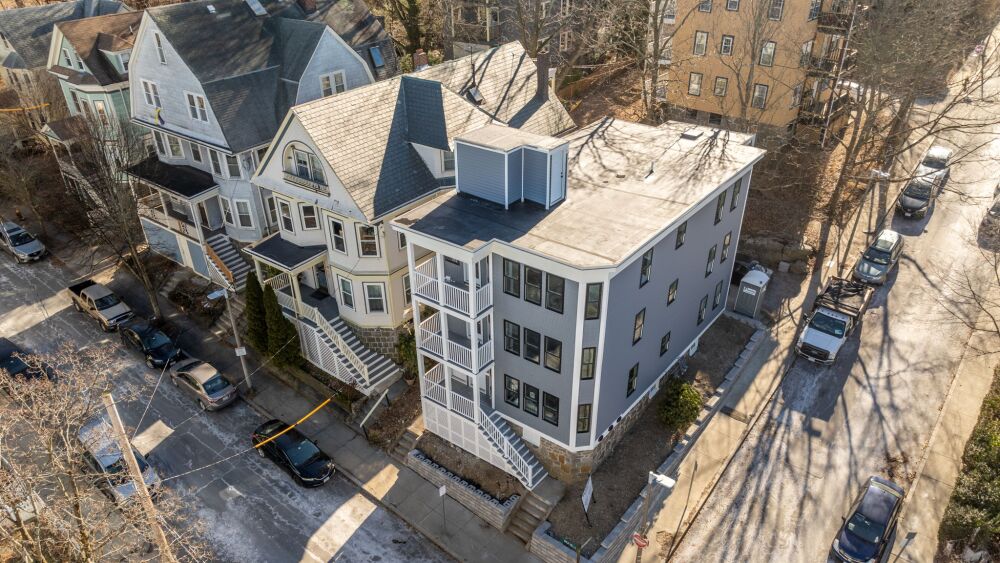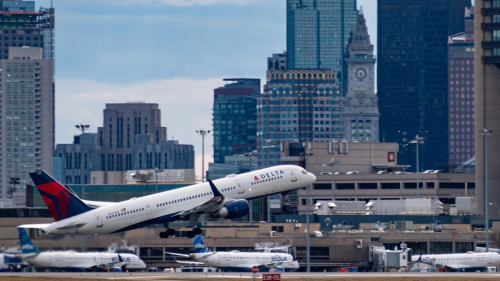Triple-deckers, three-deckers, three-plexes, or 3-Ds — no matter what you call them, this style of housing is uniquely Boston. Dating back to the late 19th century, these stackable homes have spread across New England. Let’s take a closer look at this style and check out some available properties.
What makes a property a triple-decker?
The name should clue you in. They are all three stories, generally with one unit per story. Two other key characteristics are flat roofs + windows on all four sides.
The history of these builds
Between 1880-1930, an estimated 15,000-16,000 triple-deckers were built in Boston and surrounding cities. Triple-deckers provided affordable housing for underserved Black and immigrant populations, as well as middle-class families. This style of housing offered a path to homeownership, generated income for families who could both live in and rent the same house, and provided space for multi-generational family living.
It didn’t take long for code changes to lead to bans. By the 1920s, 36 municipalities in Massachusetts — including Arlington, Brookline, and Swampscott — had banned triple-deckers, and while Boston didn’t specifically have a ban in place, by the 1930s triple-decker construction had all but stopped in the area.
Many triple-deckers have survived over the years and continue to be Boston’s dominant vernacular style, particularly in neighborhoods like Dorchester and Jamaica Plain.
Make a triple-decker home sweet home
Cabot & Company has a triple-decker at 63-65 Weld Hill St. in Jamaica Plain that has gone through a complete renovation and is about to hit the market. Each unit has three bedrooms and two bathrooms, with private outdoor space, central AC, in-unit laundry, and plenty of natural light. Bonus: The units each come with a parking space + extra storage in the basement.
Construction is expected to be complete shortly and the units will be on the market this spring at prices ranging from $900,000-$1,100,000.











